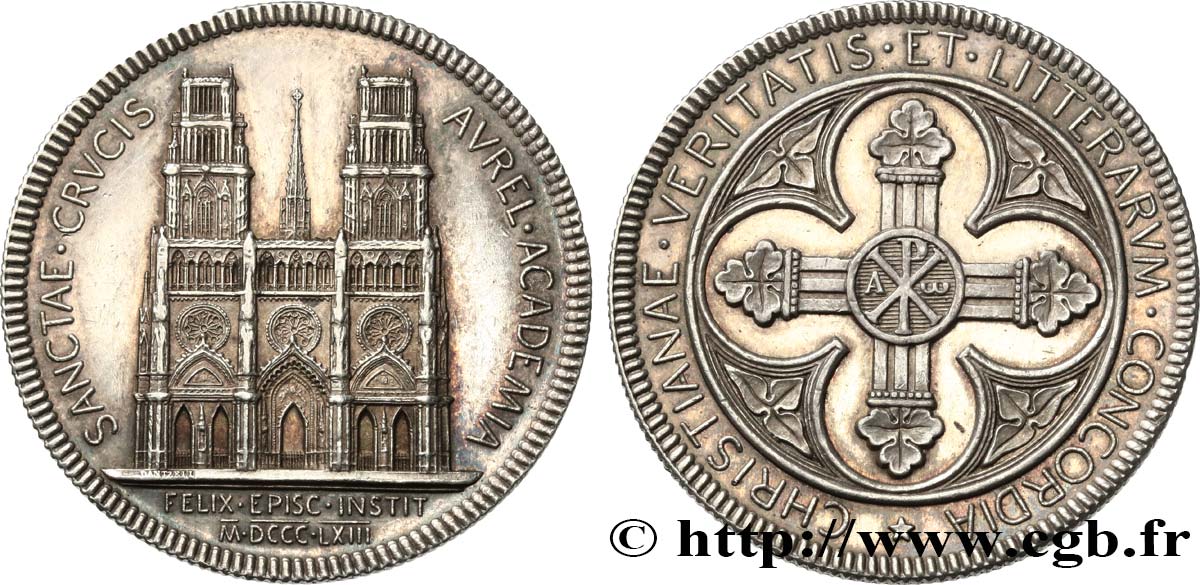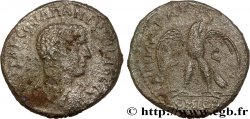Live auction - fjt_541259 - ORLÉANAIS - Gentry and towns Cathédrale Sainte-Croix d’Orléans 1863
You must signin and be an approved bidder to bid, LOGIN TO BID. Accounts are subject to approval and the approval process takes place within 48 hours. Do not wait until the day a sale closes to register. Clicking on "BID" constitutes acceptance of the terms of use of cgb.fr private live auctions.
Bids must be placed in whole Euro amounts only. The sale will start closing at the time stated on the item description; any bids received at the site after the closing time will not be executed. Transmission times may vary and bids could be rejected if you wait until the last second. For further information check the Live auction FAQ
All winning bids are subject to a 18% buyer’s fee.
All winning bids are subject to a 18% buyer’s fee.
| Estimate : | 35 € |
| Price : | 16 € |
| Maximum bid : | 16 € |
| End of the sale : | 30 July 2019 17:12:35 |
| bidders : | 2 bidders |
Type : Cathédrale Sainte-Croix d’Orléans
Date: (1860-1879)
Date: 1863
Mint name / Town : s.l.
Metal : silver
Diameter : 32 mm
Orientation dies : 6 h.
Weight : 12,98 g.
Edge : cannelée
Puncheon : Abeille (1860-1880)
Coments on the condition:
Exemplaire superbe
Obverse
Obverse legend : SANCTAE. CRVCIS - AVREL. ACADEMIA ; À L’EXERGUE EN DEUX LIGNES : FELIX. EPISC. INSTIT/ M.DCCC.LXIII..
Obverse description : La cathédrale d'Orléans de face ; signature Dantzell.
Obverse translation : (L'académie Sainte-Croix d'Orléans - Instituée sous un heureux épiscopat).
Reverse
Reverse legend : * CHRISTIANAE. VERITATIS. ET. LITTERARVM. CONCORDIA.
Reverse description : Croix byzantine avec le chrisme au centre.
Reverse translation : (La concorde de la vérité chrétienne et des lettres).
Commentary
Poinçon abeille. Frappe monnaie. La Cathédrale Sainte-Croix existe depuis le VIIIe siècle mais l’incendie de 989 ravage l’édifice qui est reconstruit par les premiers Capétiens. Au XIIe siècle, l’édifice reçoit une façade avec trois portails et deux tours mais un effondrement de terrain oblige à reprendre les travaux au XIIIe siècle. Pendant les Guerres de religion, les piliers du transept sont minés par les Huguenots. Henri IV, dans un esprit de réconciliation pose la première pierre d’une nouvelle cathédrale en 1601. Les travaux se poursuivent tout au long du XVIIIe siècle, les tours sont construites en 1767.








 Report a mistake
Report a mistake Print the page
Print the page Share my selection
Share my selection Ask a question
Ask a question Consign / sell
Consign / sell
 Full data
Full data















